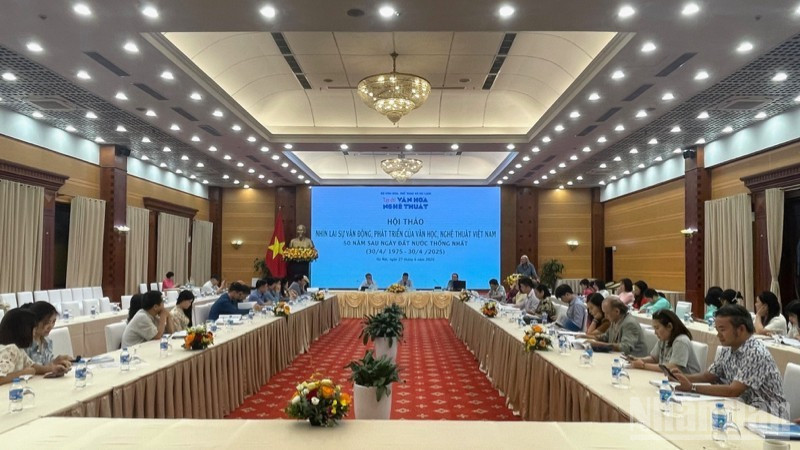
The workshop was attended by nearly 100 experts, researchers, managers, artists from research institutes, universities of culture and arts, theaters, and specialized literature and arts associations at the central and local levels. The Organizing Committee received 33 presentations summarizing, analyzing, and proposing solutions...
In his opening speech at the Workshop, Editor-in-Chief of the Culture and Arts Magazine Hoang Ha affirmed: Literature and arts have always been identified by our Party as a very important and particularly delicate field of cultural life. In the two resistance wars against French colonialism and American imperialism, literature and arts fulfilled their glorious mission - accompanying the nation, encouraging the entire nation to overcome difficulties, creating the great victory of spring 1975, unifying the country.
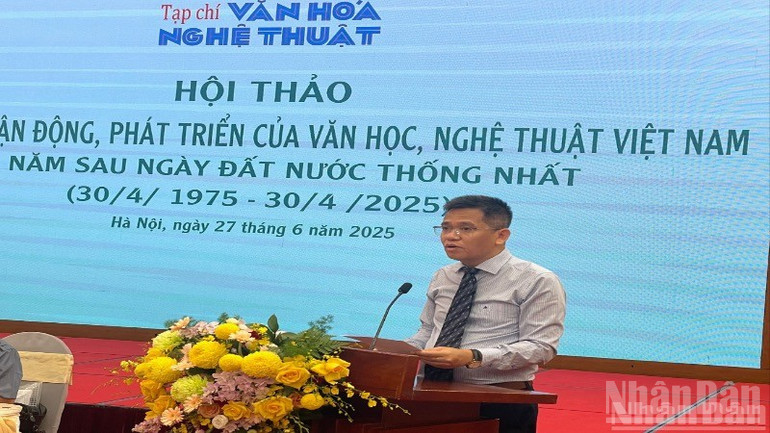
After the country's reunification, over the past 50 years, Vietnamese literature and art have continued to develop, reflecting the reality of peaceful life and the work of building and defending the Fatherland. During the period 1975-1985, works were mainly in the direction of socialist realism, focusing on expressing community spirit, patriotism and the will to overcome difficulties.
Since 1986, in the context of comprehensive renovation, literature and art have entered a period of more dynamic development with a spirit of democracy, openness and creativity. Works of this period deeply reflect post-war life, human destiny, personal tragedy with a multi-dimensional, humanistic approach; promoting the values of truth, goodness and beauty associated with the desire for a good life and a sense of social responsibility.
The process of international integration creates conditions for the absorption of many modern and postmodern creative trends; many works are translated and introduced to the world . Performing arts, cinema, contemporary fine arts, performance art, multimedia, etc. are developing strongly, especially attracting young audiences.
Scientific and technological achievements and the spread of digital platforms open up new creative spaces, enhance interaction between artists and the public, and contribute to shaping modern aesthetic tastes.
Some fields such as southern cinema, contemporary art, and multimedia art are gradually making their mark, contributing positively to the development of the cultural industry.
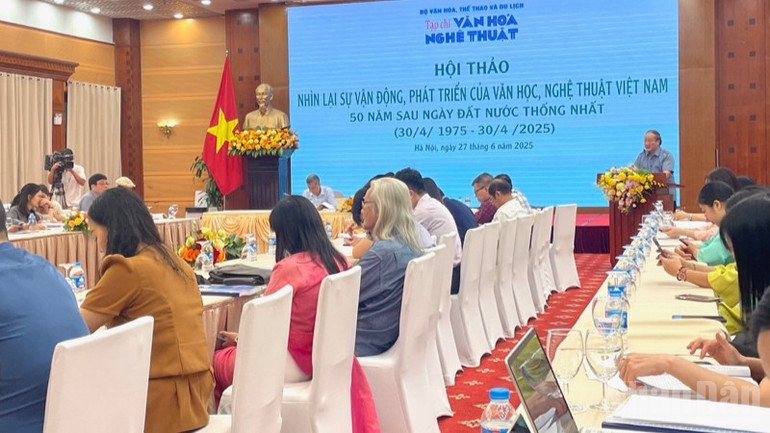
Overviewing the 50-year development of Vietnamese literature and art after reunification, Associate Professor, Dr. Nguyen Toan Thang, former Director of the Institute of Culture and Development (Ho Chi Minh National Academy of Politics) emphasized: Under the leadership of the Party, literature and art have accompanied the history of the nation, overcome the difficult period before the renovation, boldly innovated thinking, both applied the method of socialist realism and actively explored and experimented with new methods and styles, closely following the movements of life nationwide.
However, the opinions presented at the conference pointed out the shortcomings of the country's literature and art, such as: Lack of works of great ideological and artistic value, few works that truly reflect the stature of the renovation cause; a part of the creations are easygoing, following trivial tastes, far from reality.
Traditional art is facing difficulties in preservation, the artisans are aging, and the next generation is still thin. Art theory and criticism have not kept up with practical requirements, and are not strong enough to orient aesthetics and guide creation.
Regarding art training, according to People's Artist Tran Ly Ly, President of the Board of Directors of the Vietnam Dance Academy, it is necessary to redefine the goals and build a team of lecturers with a global mindset. The current university program is not suitable for the specifics of art training and does not promote the creativity of both teachers and students.
Therefore, arts education needs to develop in an open, flexible, interdisciplinary direction; encourage critical thinking, integration while integrating technical training, choreography, arts management and stage technology.
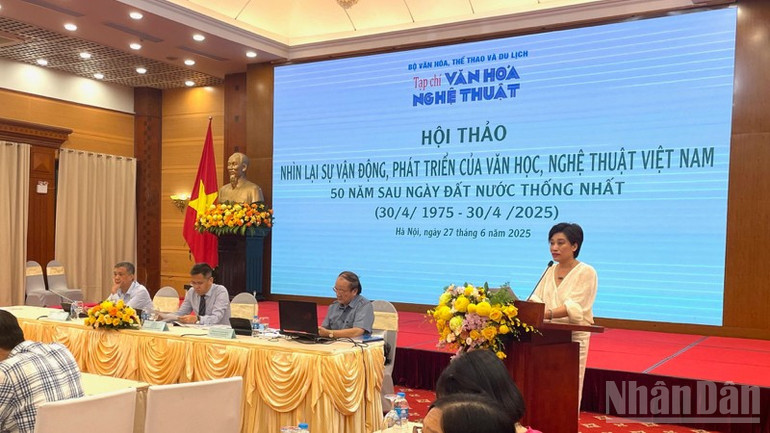
In his presentation on the art of Tuong theater in the new era, Meritorious Artist Loc Huyen (Vietnam National Traditional Theater) emphasized: Like many other traditional art forms, Tuong is facing challenges in the context of the country's deep integration.
Since the late 20th century, the art of Tuong has gradually lost its inherent position in the public's heart, facing a serious shortage of human resources and the risk of fading away if there are no timely solutions.
Besides the lack of creative workforce, the inadequate training process and inappropriate remuneration policies are also factors hindering development.
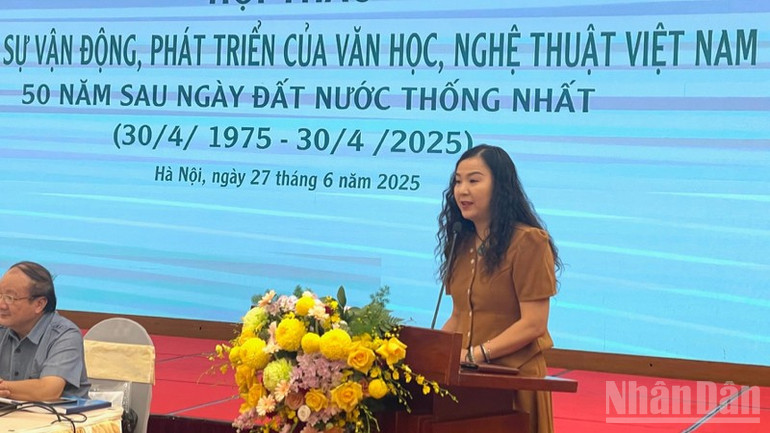
Proposing solutions to build and develop traditional stage arts in the integration period, the artist emphasized: It is necessary to promote training and specialized training associated with international exchanges; enhance the position of Tuong art in national political and cultural tasks. In particular, it is necessary to soon build a special treatment regime to create motivation for artistic creation.
Associate Professor, Dr. Bui Hoai Son, full-time member of the National Assembly's Committee on Culture and Society, said that in order for culture, literature and art to develop in accordance with their roles, it is necessary to first have a complete and synchronous system of policies and laws that are suitable for the characteristics of artistic creation, and at the same time, it is necessary to form a system of policies related to taxes, land, public-private partnerships and specific financial mechanisms in a suitable cultural-artistic ecosystem, creating motivation for creativity.
According to him, Vietnam does not lack talented people or dedicated artists. What is lacking is a favorable legal and institutional environment for those talents to develop, contribute and spread true artistic values.
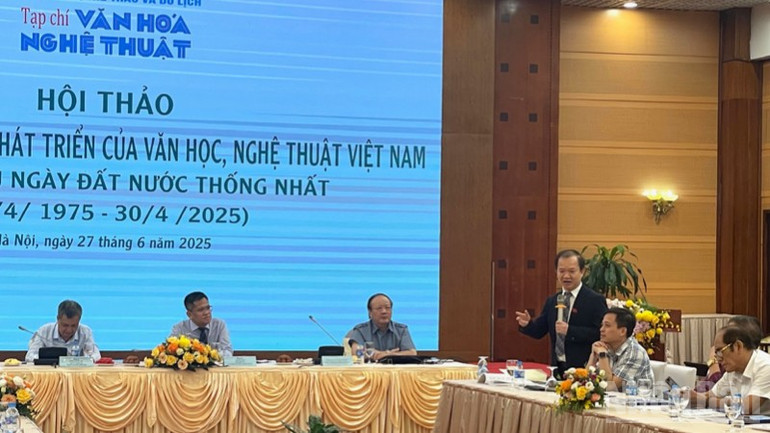
At the workshop, delegates continued to discuss and evaluate the process of promoting and developing Vietnamese literature and art 50 years after unification, especially after Doi Moi (1986) with its highlights, advantages and limitations; analyzed the causes and challenges and proposed solutions to develop, promote and spread the values of literature and art in the new era.
Source: https://nhandan.vn/50-nam-van-hoc-nghe-thuat-viet-nam-sau-thong-nhat-mot-hanh-trinh-van-dong-va-phat-trien-post889967.html


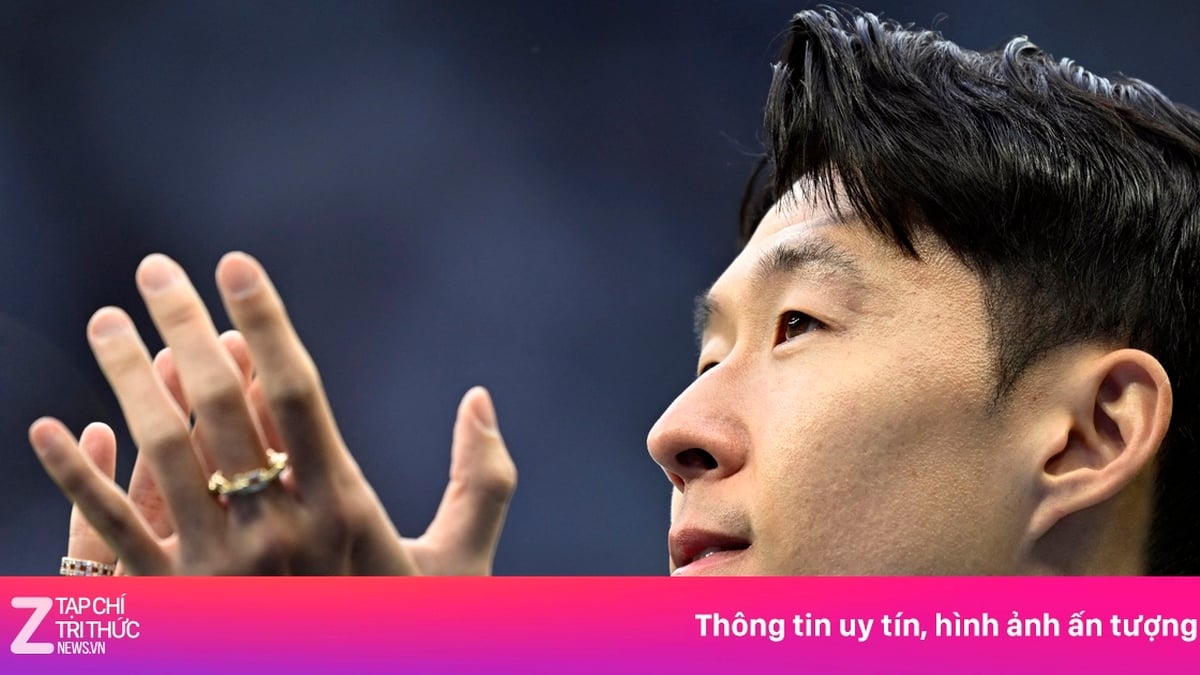



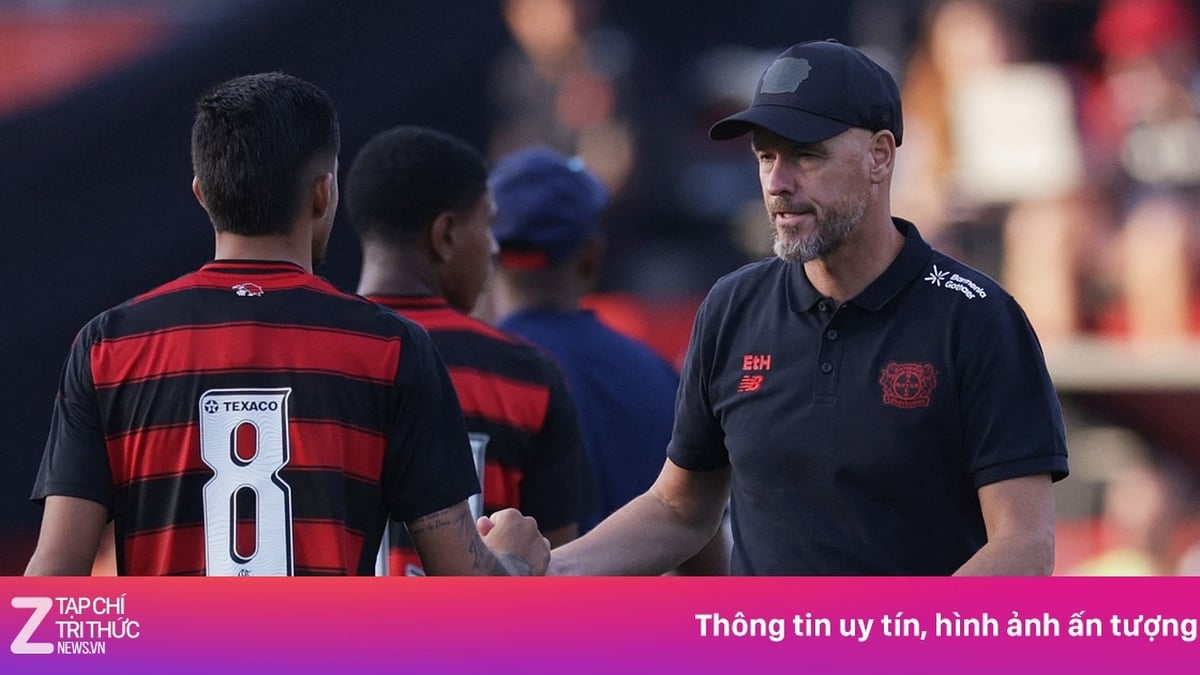
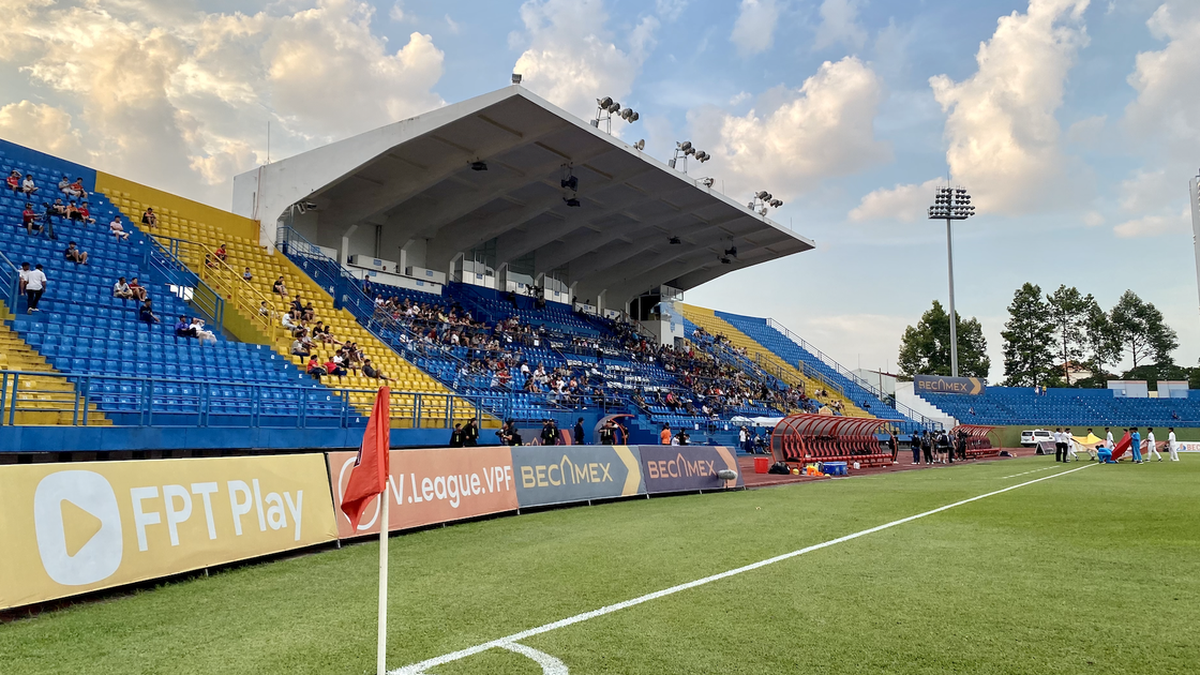
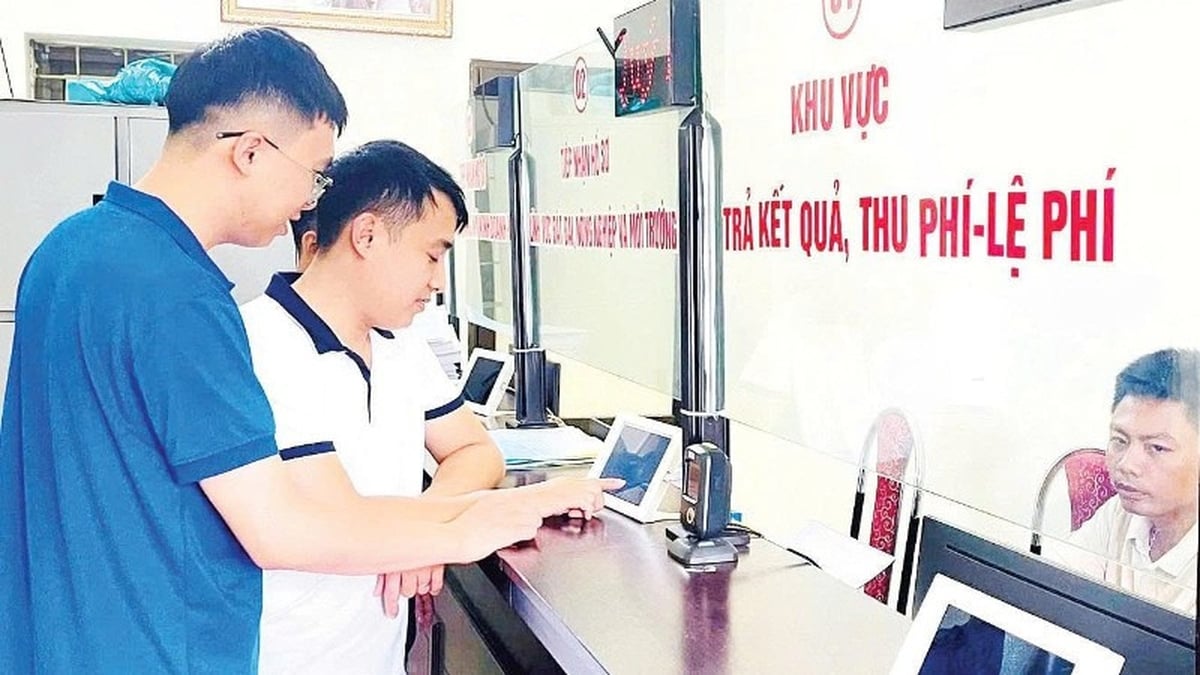
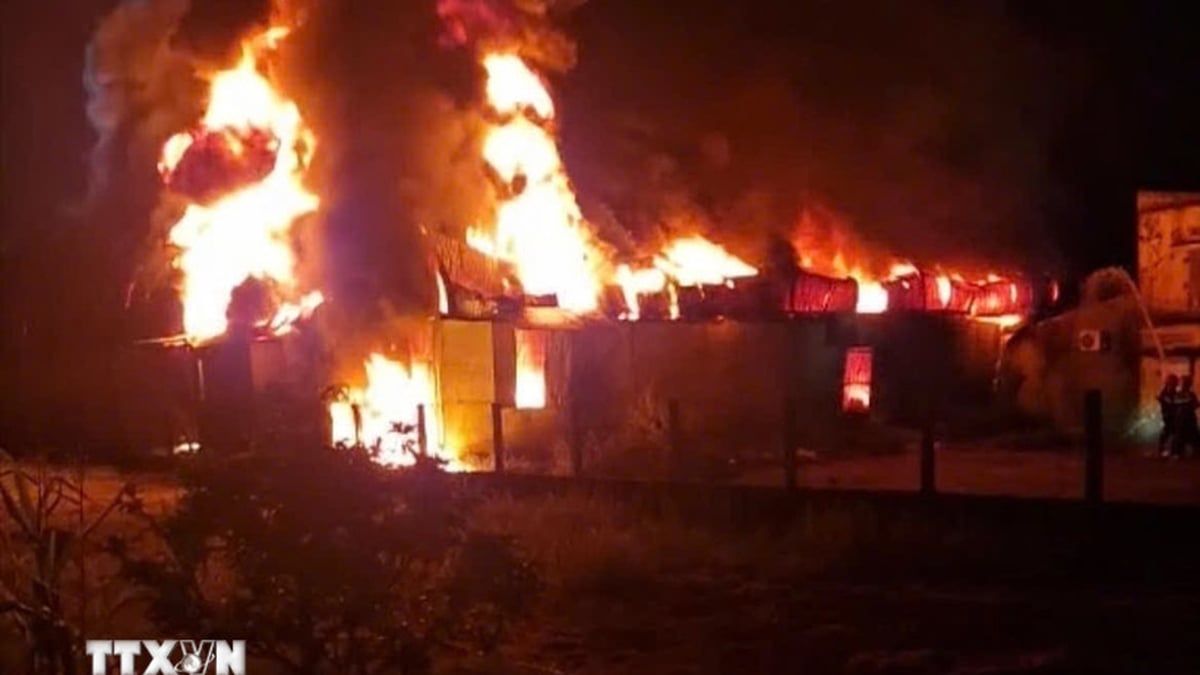

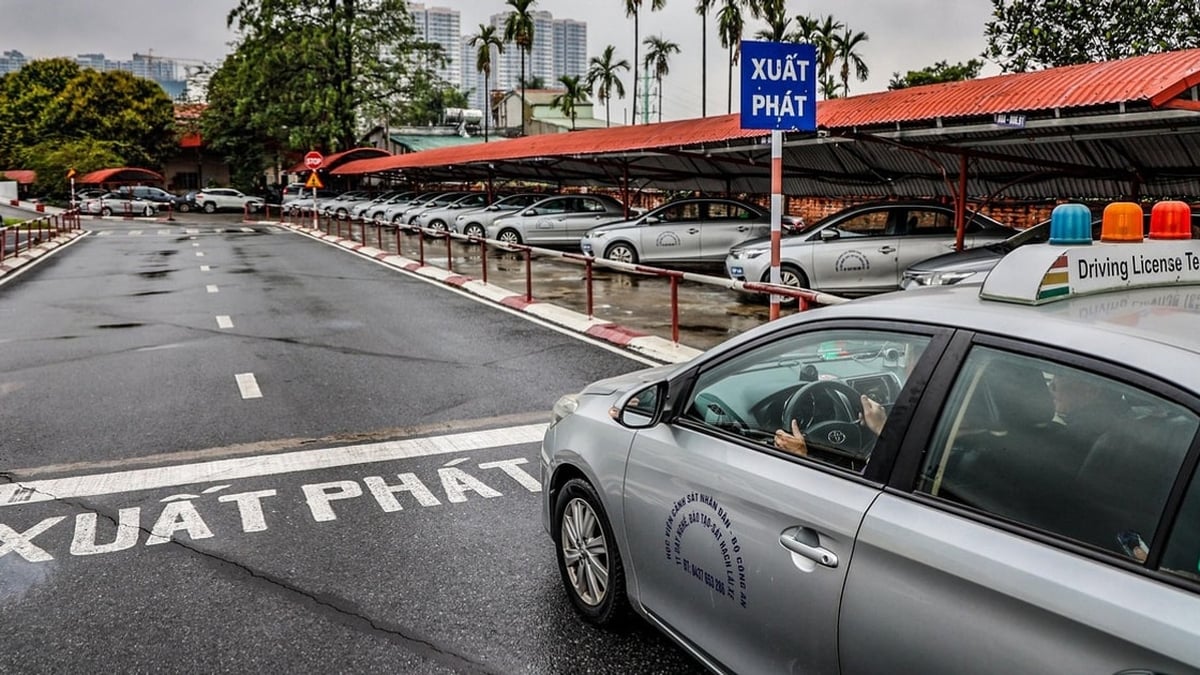






















































































Comment (0)